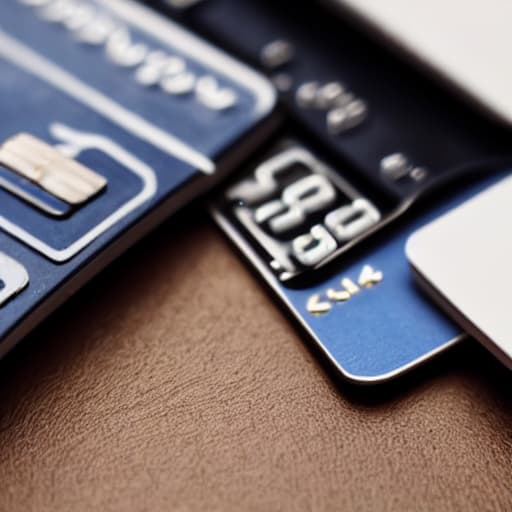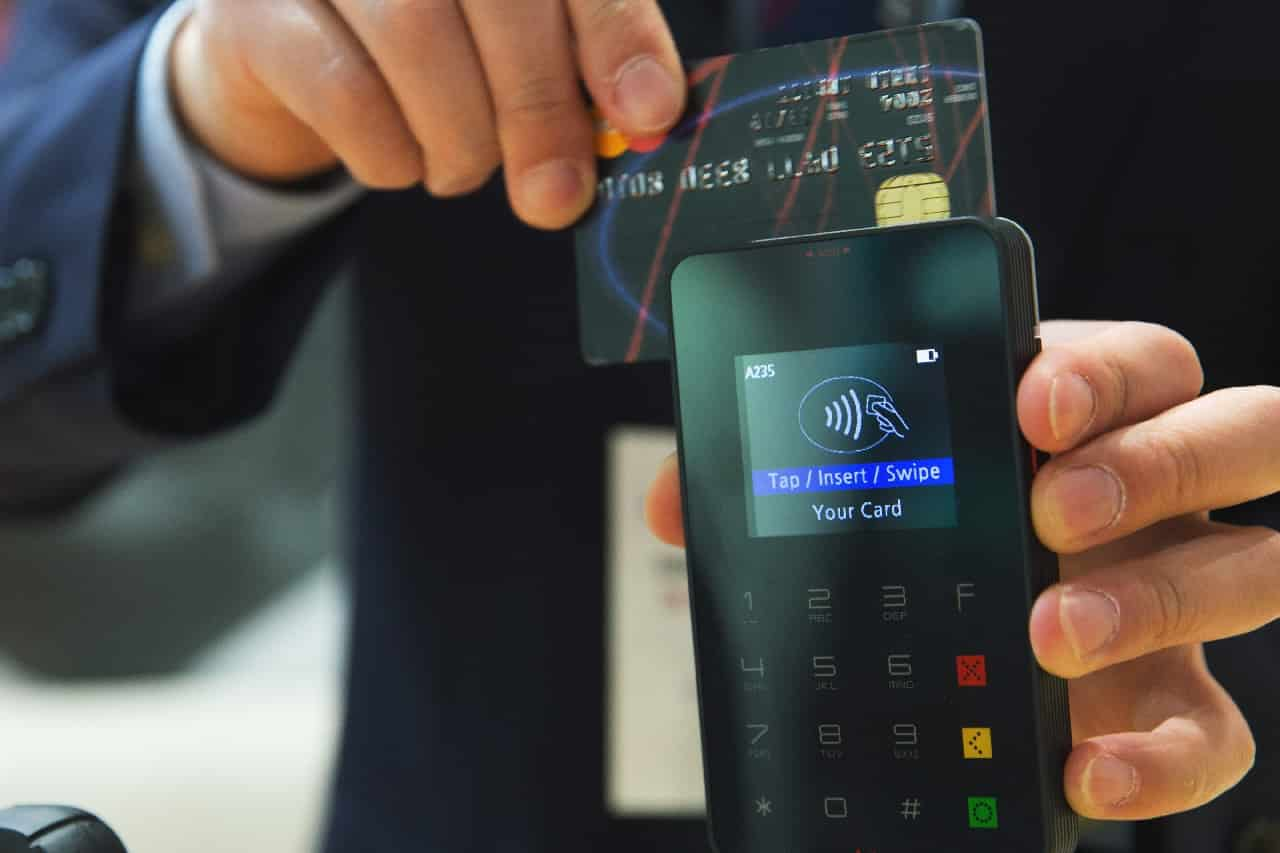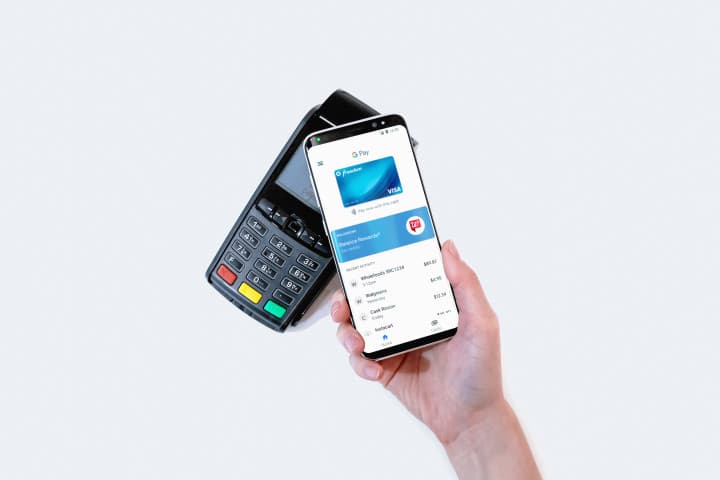Credit cards might be a quick method to spend money that you’ve worked hard for, but they can also be an easy means for fraudsters to take money from other people.
Unknowingly, credit card numbers can be stolen. It’s one of the disadvantages of having multiple credit cards on hand.
You might not be aware that your information has been taken until you notice a bogus transaction on your monthly statement.

Numerous methods exist for stealing cards, including physical theft, card skimmers, data breaches, phishing attacks, and a long list of other possibilities.
Zero liability safeguards may shield you from financial blame for fraud, but credit card theft is still a hassle and, at worst, a nightmare.
What Is the Most Frequent Cause of Stolen Credit Cards and Card Information Today?
Numerous methods, including physical card theft and cybercrime, are available for the theft of card information.
Loss Or Theft Of A Credit Card
A physical credit card can be stolen in several different ways. There is always a chance of losing a wallet or having a credit card stolen. Stolen credit card information is common, especially while traveling.
It’s also possible for a fresh card to be taken from your mailbox before you get a chance to access it.
Contact the credit card issuer right away to get the card replaced and the card number updated if you lose or have your credit card stolen.
If you think the credit card was merely misplaced but still want to be safe, you can also put a hold on it.
Card Thieves
On card readers, some credit card criminals have installed skimmers. Skimmers are most usually discovered at credit card readers that are visible to the general public, such as those on self-serve pumps at gas stations, although they have also been discovered at other, less-watched sites or the checkout counters in retail establishments.

Although the success of this technique has been hindered by chip technology, it is still possible for a thief to copy card information, store it, and then use it to make fraudulent purchases in the future. While the Visa provisioning service is secure, it does not provide perfect protection against skimming from credit accounts or other payment terminals.
If your card is skimmed, a fraudulent charge won’t alert you to the theft of your personal information.
Breach Of Data
Large banks and other companies occasionally experience data breaches. The majority of the time, intelligent, seasoned, and well-organized cyber criminals’ actions lead to data breaches. You can get a credit card without a bank account, however, to reduce risk.
Your bank likely holds the most details about you that would be useful to someone trying to steal your identity out of all the stores, websites, loyalty programs, and other companies that have access to some of your personal information.
Banks hold all the information a thief needs to steal someone’s identity, including account numbers, dates of birth, names, Social Security numbers, addresses, and credit card numbers.
You won’t likely learn if your information was taken in a data breach until the breached organization notifies you. If you become aware of a breach, keep an eye on your credit reports. You should update your account numbers and be on the lookout for anyone attempting to impersonate you or deceive you into disclosing personal information, like your bank account credentials, by using your information.
Employing an identity theft protection firm to assist with this task for you may also be beneficial.
How Many Data Breaches Happen Globally Each Year?
Thieves are becoming more cunning. They access corporate and bank information systems illegally and steal credit information.

As a result, there has been an increase in credit and debit card fraud linked to online theft. Every year, there are about 1,862 data breaches in the world.
One of the reasons for increased identity theft cases is that online store credit cards with guaranteed approval are available.
Comparatively to the rest of the globe, the United States appears to be particularly prone to data breaches. In the United States, 1,579 breaches were reported in 2017. Credit card fraud statistics can be found at https://www.creditdonkey.com/.
Spoofing Emails And Phone Calls
When you open a link or call a phone number in a phony email from a bank or a large retailer, a fraudster may ask you for personal information like your Social Security number or account information. Or you can get a call saying there is an “emergency” that needs identification evidence.
These letters connive unsuspecting recipients into giving their names, credit card numbers, birth dates, and other sensitive information.
Never reply to an unsolicited phone contact or email with personal information or account credentials. Don’t click on links in spam or other dubious emails. It’s always best to open a new browser tab and visit your bank’s website instead of following a link in an email if you have any doubts about a link coming from your bank.
Networks With Free WiFi
Even though the vast majority of e-commerce sites and financial institutions use encryption, you should still exercise extra caution when utilizing public WiFi networks.
Make sure the website you are using is secure if you must utilize a public WiFi network. If a website uses encryption, a padlock will appear in the address bar in both Google Chrome and Microsoft Edge.
You can utilize a VPN (virtual private network) service, which encrypts your internet traffic between your computer and the VPN provider for added security and some protection against unencrypted websites.
When feasible, avoid using insecure networks to make purchases or access sensitive information.
What to Do If Your Credit Card Data Is Stolen
Call the company that issued your credit card as soon as you become aware of a fraudulent charge to report it.
According to the law, you are only legally responsible for $50 in fraudulent charges made to your credit card up until the point when you report the card missing. Most card companies have no fraud responsibility.
The majority of the time, if you immediately report a fraud suspicion, you won’t be held responsible for any unauthorized charges, regardless of their size.
While the business examines a disputed charge, which can take 30 to 90 days, the credit issuer will normally grant a provisional refund.
Your identity might have also been taken if your credit card information was. Before deciding whether your identity is secure, freeze your credit.
How to Take Action Against Common Credit Card Fraud
While avoiding the theft of credit card information can be challenging, there are a few proactive steps you can take to safeguard your data:
Don’t Reply To Emails Or Phone Calls With Personal Information
Consider it a scam if someone phones you and requests your personal information, such as your credit card number.
Avoid Saving Credit Card Data On Internet Shopping Sites
You could be advised by some retail websites to save your card details for quicker checkout. This could cause problems in the future, particularly if the business encounters a data breach.
Keep Any Credit Cards You Don’t Use Frequently At Home
Keep the credit card at home if it is only used on rare occasions to guard against theft while it is not in use.
Online Purchases Should Only Be Made From Reputable, Secure Websites
Before inputting sensitive information into a website online, always check the lock icon in the address bar of your web browser.
While there are a lot of advantages to online shopping, use caution. Avoid e-commerce sites you aren’t acquainted with, and be wary of sites that request more personal information from you when you make a purchase.
Regularly Review Account Activities Online Or Via Mail
By keeping an eye on your account activities, you can stop fraud in its tracks. Many department store credit cards with instant approval from retail businesses are easily targeted, so vigilance is critical to preventing and catching credit card fraud.
If you think your credit card information has been stolen, take action immediately by reporting it to your credit card issuer and taking steps to freeze your credit. By being proactive, you can help protect yourself against financial loss and identity theft.
Verify Credit Activity by Checking Credit Reports At Least Once A Year
One free credit check per year is offered by each of the three big credit bureaus.
How is Fraud Identified by a Credit Card Company?
Credit card firms use advanced alert and fraud detection systems. Corporate servers detect when there are strange patterns of behavior with a credit card, such as sudden large charges in different cities.
When something appears to be amiss, the customer will generally get a call from the security department to confirm purchases. This is called two-factor authentication.
Ways Credit Card Companies Verify Purchases and Payment Method
Below are ways the credit card company will use your location data to verify a purchase.
- Phone calls
- Text messages
- Email alerts
- App notifications
These alerts often give you the option to confirm or dispute a questionable charge and might let you know if the issuer suspects fraud.
If a charge is fraudulent, the issuer will immediately deactivate the compromised card and issue a new one.
How to Report Credit Card Fraud
Identity theft victims can report credit card fraud to the following establishments:
Federal Trade Commission (FTC)
The FTC’s IdentityTheft.gov website provides a step-by-step guide on what to do if your personal information has been stolen and used to commit fraud.
File a Police Report
Report identity theft to your local police. When fraud occurs, contact your local police to have a police report made. You will need this for the credit card fraud reports that will be initiated by your credit card company.
Contact Your Credit Card Company
Inform your credit card company as soon as you realize that your card has been lost or stolen or that your information has been compromised.
You should also let them know if you spot any fraudulent charges on your statement.
Credit Card Fraud Statistics Related Questions
Why Do Hackers Continually Use My Credit Card?
This can occur when a cybercriminal gains access to your device through malware, which enables them to eavesdrop on your online financial activities.
Another hacking technique is phishing, which involves tricking you with a false text message, fake website, or fake email to obtain your credit card data.
How Many Americans Have Been The Victims Of Credit Card Fraud?
An estimated 47% of Americans have had a data breach involving their credit or debit cards. Know that canceling a credit card will not stop recurring payments either.
What Is the Global Cost of Credit Card Fraud?
It’s difficult to put a price on credit card fraud. However, it is predicted that losses will exceed $28.58 billion in 2020.
Which Age Range Is Most Frequently the Target of Identity Theft?
Identity theft is more common among older Americans.
- Adults 60 to 69 years old are involved in 19% of fraud instances.
- Adults 50 to 59 years old file 17% of complaints.
- Involved in 15% were those in their 40s to 49s.
Which Sector Has the Highest Rate of Data Breaches?
Over 33% of all breaches in 2019 were in the commercial sector, which saw the highest breaches.
The healthcare and medical industries, which have recently been heavily targeted, took the second-biggest impact.
In 2019, the healthcare sector accounted for 30% of breaches.
How Frequent Are Fake Credit Cards?
Skimming credit cards is a cunning trick. Your digits can be stolen by identity fraudsters, who can use them to make replica cards.
Counterfeit cards account for 35,4% of all credit card fraud in the United States.
Conclusion
Even though you might not be able to stop all identity theft, there are steps you can do to lessen the likelihood of it happening and spot fraud early.
Request a replacement card from your card provider if you believe your credit card number may have been hacked.
In the event of fraud, card issuers will always issue a new card. Numerous issuers provide zero liability protection, shielding you from erroneous charges.
Credit cards are a safe option for making transactions, especially when abroad, because they have zero liability protection.
Last but not least, make sure to constantly check account activity online and to only make online purchases from reputable, safe websites.



